How Hormones Impact Mental Health
Hormones like estrogen and progesterone don’t just regulate your cycle—they also influence your mood, energy, and mental state. For example, shifts during ovulation or the luteal phase can sometimes lead to feelings of anxiety, irritability, or even depression. Recognizing these patterns helps you manage your mental health more effectively.
Common Mental Health and Cycle Myths
“Stress doesn’t impact your cycle.” Chronic stress can disrupt your hormones, leading to irregular cycles and amplifying mood-related symptoms.
“PMS is just something to put up with.” While PMS is common, it’s not something you have to suffer through. Understanding your symptoms can help you make positive changes.
Supporting Your Mental and Hormonal Health
Taking care of your mental health starts with awareness. Cycle tracking can help you understand how hormonal fluctuations are impacting your emotions in each of the menstrual cycle phases. Remember that this knowledge can help you make small adjustments that can make a big difference in your mental well-being.
Taking the First Step
Your mental health is just as important as your physical health. By exploring the connection between hormones and mood, you can take proactive steps to support yourself through every phase of your cycle.




